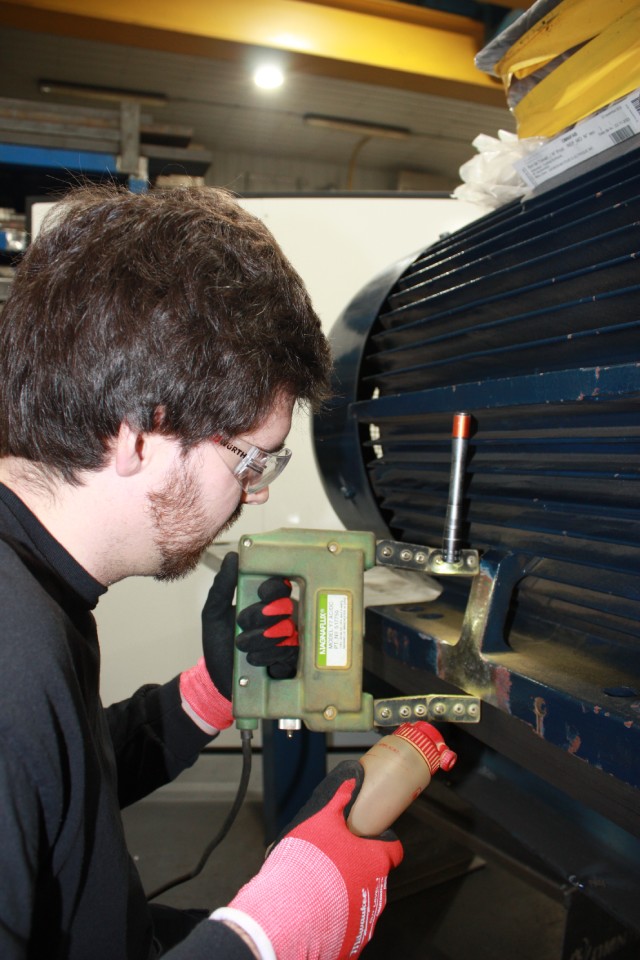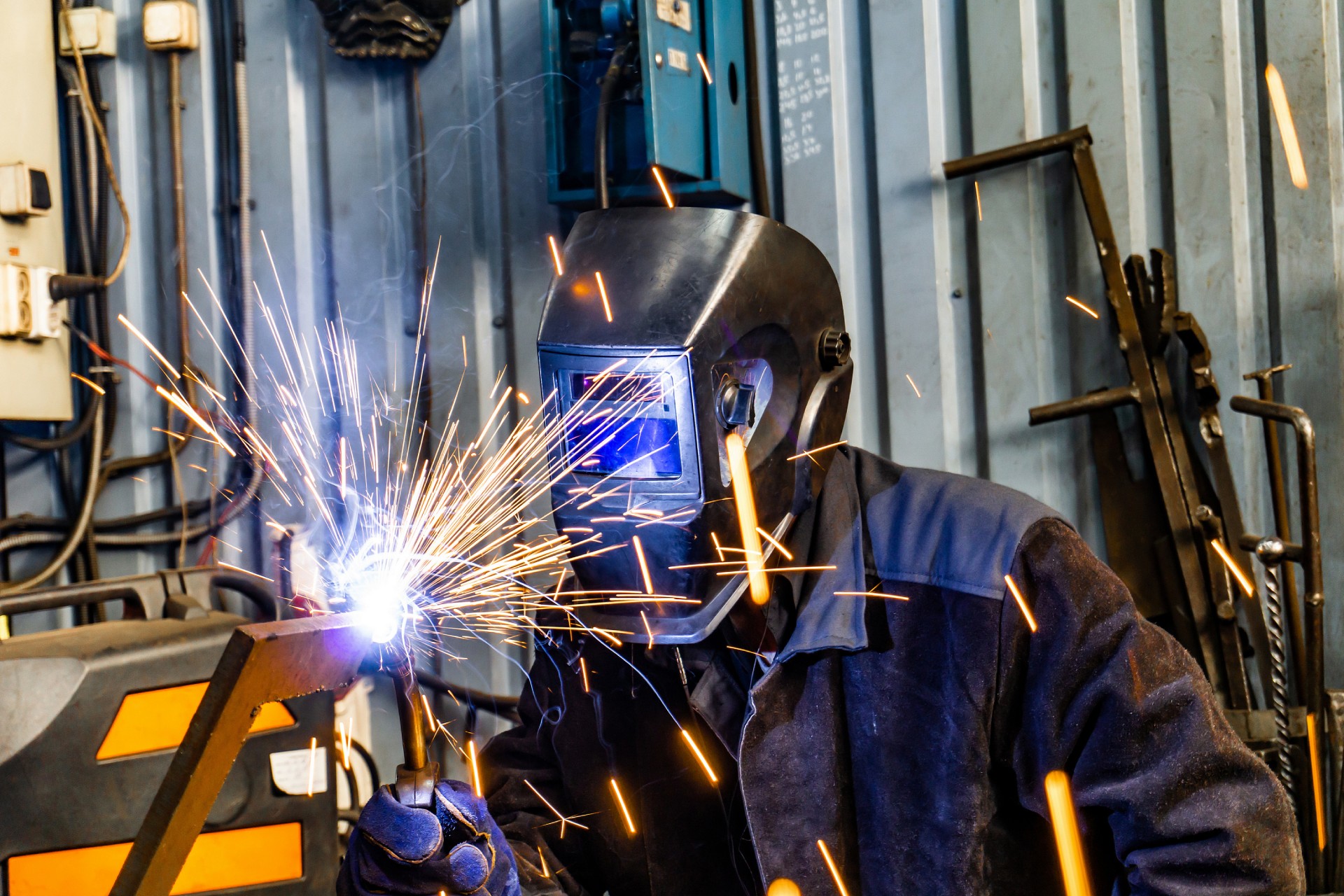In the industrial sector, welding is a process used to assemble a wide range of structures and equipment made of all types of metals.
Unfortunately, some welds may not be performed correctly or deteriorate over time, leading to potentially serious consequences for a company.
Fortunately, there is a way to ensure the quality of welds: subject them to a rigorous inspection by a certified specialist.
In the following paragraphs, our welding services experts share some essential insights about weld inspection.
Why Have Your Welds Inspected?
There are several compelling reasons for having your welds inspected. Here are some of the most important:
Compliance
Many industries are regulated by stringent quality standards. A weld inspection by a quality control expert will ensures that your welds meet all regulatory requirements. The weld inspector can also verify that the welding procedures used to produce the welds meet the requirements of those authorities.
Reliability
Poorly made or deteriorated welds may lead to premature equipment failure. Conducting periodic inspection helps detect these defects before they cause major problems. Inspection can prevent production downtime.
Safety
Welding defects on industrial structures or equipment can compromise their strength and stability, posing risks to the safety of those working nearby.
The Different Weld Inspection Methods
The primary objective of the inspection techniques presented below is to detect flaws, cracks, inhomogeneities, or other potential anomalies while maintaining the integrity of the material or structure being inspected.
Most weld inspection techniques are categorized as “non-destructive testing” (NDT). This term refers to inspection techniques used to evaluate the properties of a material, component, or structure without causing permanent damage.
Visual Testing (VT)
Visual inspection is the fundamental method of weld inspection. It can be used to identify many of the types of defects that are prohibited by standards for the visible part of welds and that cannot be detected by the other methods described (surface cracks, porosity, lack of fusion at the joint, inadequate weld profile or size).
Liquid Penetrant Inspection (LPI)
This method, also called dye penetrant inspection (DP) or penetrant testing (PT), involves the application of a penetrating liquid to the surface of a material. The liquid penetrates cracks and flaws, and a developer is used to highlight these anomalies. Penetrant testing is particularly well-suited for smooth and/or non-ferrous materials.
Magnetic Particle Inspection (MPI)
This technique involves the application of magnetic particles to the surface of the material. Anomalies such as cracks or discontinuities attract the magnetized particles, which then concentrate around the problems, facilitating their visual detection.
Ultrasonic Testing (UT)
Ultrasonic waves can be used to detect internal discontinuities in welded materials. In ultrasonic testing, a transducer sends ultrasonic waves through the material. The reflections of these waves reveal defects such as cracks, porosity, lack of fusion, or inclusion of slag.
Radiographic Testing (RT)
Radiographic testing can be used to detect internal weld defects such as cracks or inclusions. X-rays or gamma rays are able to penetrate the material and then produce a revealing image on a film or detector screen.
Have your welds checked by our inspectors now
Examples of Equipment That May Be Subject to Weld Inspection
Lifting and Handling Equipment
Inspection of welds on lifting and handling equipment contributes to ensuring a safer working environment by minimizing the risk of sudden failure and resulting damage or injury.
Such equipment includes:
- Lift tables
- Motorized hoists
- Cranes
- Monorails
- Lifting beams
- Load tippers
- And many types of industrial conveyors
Miscellaneous Metal Structures
Weld inspection on metal structures is essential to guarantee their safety, durability, and performance.
Here are just a few examples of welded structures that should have their welds thoroughly inspected:
- Industrial guardrails
- Pedestrian bridges and metal walkways
- Mechanically welded assemblies
Tanks, Cisterns, and Pipes
Many types of tanks, cisterns and piping systems are assembled by welding. Weld inspection is essential to ensure their integrity.
You may need to have the welds on the following equipment inspected:
- Liquid or gas tanks
- Truck-mounted tanks
All types of Production Machinery
In the industrial world, much production equipment is made of steel or other metals to withstand high forces and stresses. However, these machines are only as strong as their welds.
This means that a single poorly executed or damaged weld can be enough to weaken equipment such as
- Press brakes
- Cutting and bending machines
- And other machinery
Choosing your welding inspector
In conclusion, if you’re looking for a welding inspector who can provide an honest assessment about the quality of welds on a structure or machine, Omnifab has experts in non-destructive testing at your service.
- Level 2 Welding Inspector – CSA W178.2
- Level 2 PT, MT, UT Inspector – CAN/CGSB-48.9712
They can of course perform inspections in our workshop, but they can also visit your site or factory to inspect your equipment. You will receive a complete inspection report.
Please contact us to learn more about this service offered by our Industrial Welding Department.





